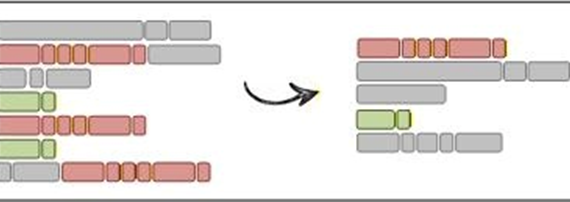
5 Strategies to Refactor SQL Code
Code refactoring is a common process when developing in procedural languages – and essential to developing high-quality […]

Code refactoring is a common process when developing in procedural languages – and essential to developing high-quality […]

If you’re a SQL Server DBA or developer looking to harness AI for your everyday scripting workflows, […]
VIEWs are an undervalued and underused feature in SQL. They basically consist of a query that has […]

If you’re a developer who had interactions with indexes in the past, you certainly know that indexes […]

One of the most hassle-prone changes that can be made in a SQL Server database is to […]

Synchronous replicas in SQL Server Availability Groups promise no data loss, but they don’t promise zero delay; […]

With each version of SQL Server, there are always a few new features introduced that we applaud […]

Columnstore indexes are a powerful tool for storing analytic data directly in SQL Server. This feature has […]
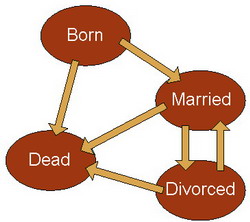
About two decades ago, I introduced the concept of transition constraints to show Data Validation in a […]

When I was perusing my LinkedIn feed the other day, I came across this thread about using […]

The new JSON field type and new functions in Azure SQL brings a new world of possibilities […]
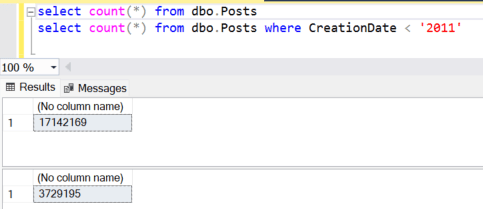
Purging data from a table is a common database maintenance task to prevent it from growing too […]
I preface a lot of what I write with whether or not it is for a “practical” […]
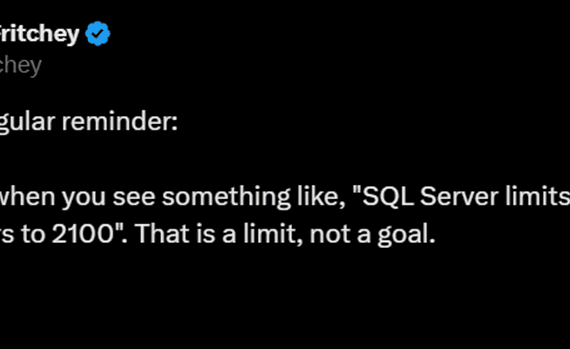
The other day, my lovable coworker and frequent Simple Talk writer: Grant Fritchey, sent this post on […]
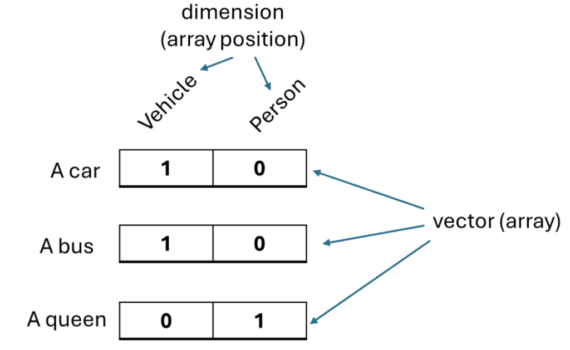
One of the cornerstones of AI is a concept called embeddings. Virtually every AI model, whether for […]
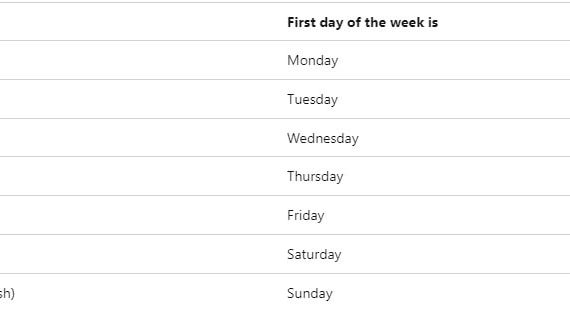
There are many functions and tools available to database professionals that can solve data math challenges, regardless […]
I was editing an article the other day that uses the BIT_COUNT function that was added to […]
I’ve had lots of wish lists over the years, from Ladybug to Connect to UserVoice, and very […]

SQL is easy to start writing. The basic syntax to start returning data is very simple. This […]

Like XML, JSON is an open standard storage format for data, metadata, parameters, or other unstructured or […]
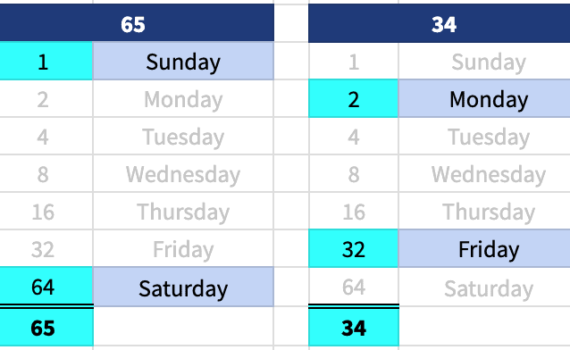
I recently had to help support synchronization and distribution of workloads between multiple servers. Some of this […]
I’m not the first person to write about cleaning up unused or redundant indexes. You can read […]

SQL Server provides a variety of ways to tune XML so that it provides consistent performance, consumes […]

XML is a common storage format for data, metadata, parameters, or other semi-structured data. Because of this, […]

In the previous posts in this series (part 1, part 2, part 3), I described how I […]

In part 2 of this series, I showed an example implementation of distributing a long-running workload in […]
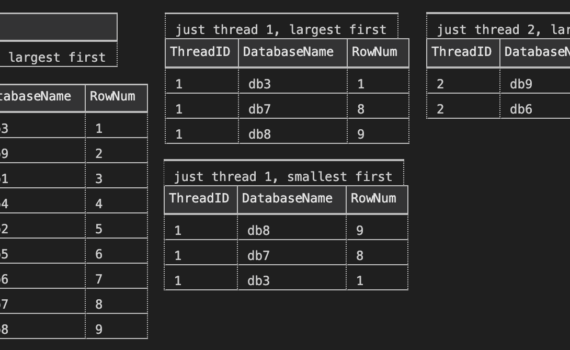
In my previous post, I showed how to borrow a snake draft concept from fantasy football, or […]
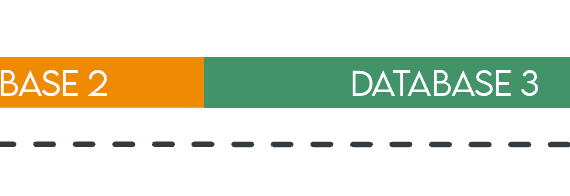
I recently had a restore job where I needed to split the work up into multiple parallel […]
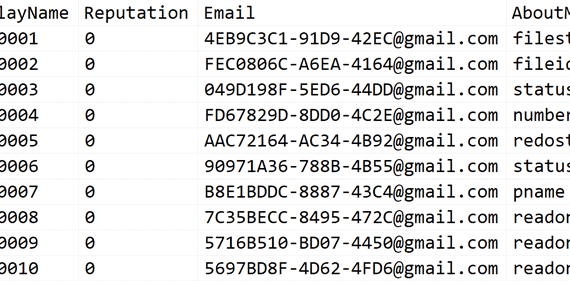
Pagination is a technique for limiting output. Think of Google search results, shopping the electronics category on […]
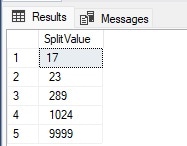
String manipulation is an inevitable task for developers and data professionals alike. Despite all the best efforts […]
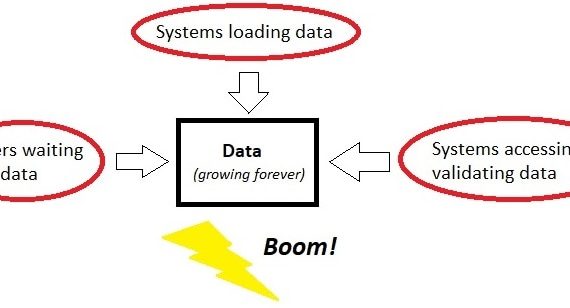
It is always an afterthought. New objects are created that start off small and current. New feature […]
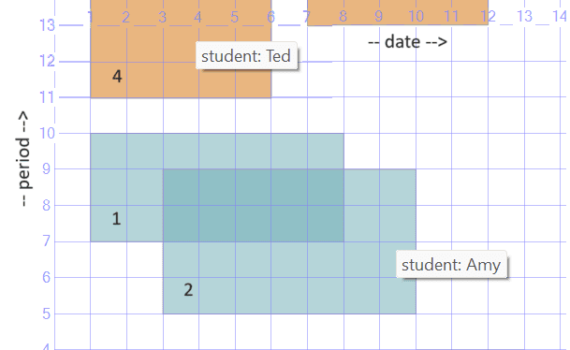
Packing intervals is a classic SQL task that involves packing groups of intersecting intervals to their respective […]
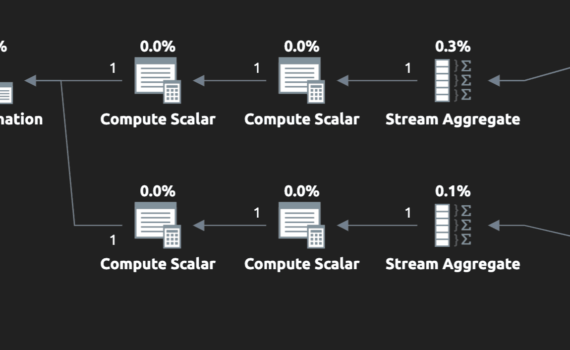
Nearly a decade ago, I wrote a post called “Bad habits : Counting rows the hard way.” […]
Tell me if you’ve heard this one before: I changed data from my application, but when I […]
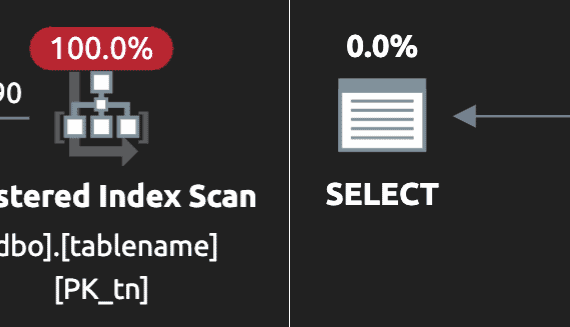
Recently someone posted a question where they couldn’t quite figure out how to construct a predicate based […]
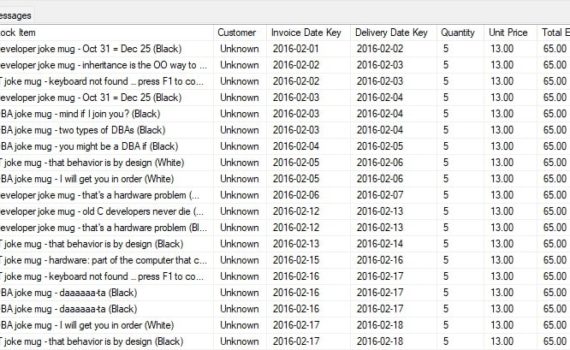
There are plenty of applications and tools available that allow for the movement of data in and […]
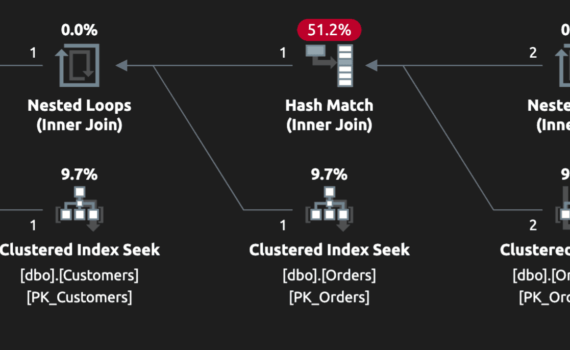
I’ve quietly resolved performance issues by re-writing slow queries to avoid DISTINCT. Often, the DISTINCT is there […]
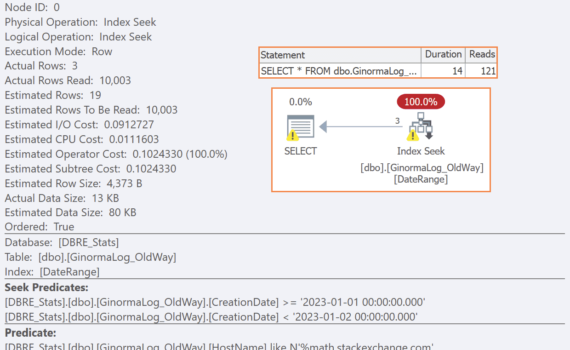
While this article is specifically geared to SQL Server, the concepts apply to any relational database platform. […]
When people start learning a new field, for example T-SQL, it’s tempting to spend very little time […]

If you haven’t already heard, SQL 2022 has introduced a new built-in system function called GREATEST. Simply […]
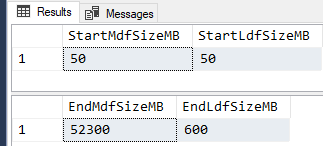
tl;dr The title says it all. Prologue One of the keys to my personal learning is that, very […]
In 2012, Aaron Bertrand said most everything I knew (and a bit more) about the issues with […]
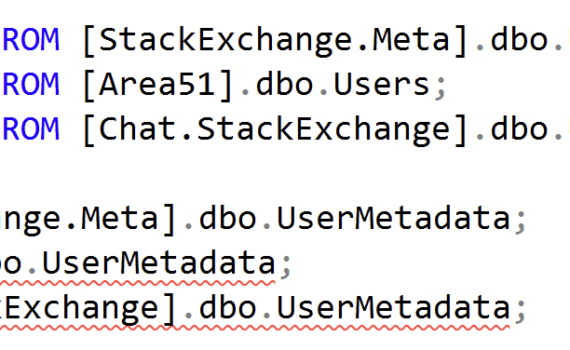
At Stack Overflow, our environment has multiple implementations of a largely – but not 100% – identical […]

This article is part of Greg Larsen’s continuing series on Learning T-SQL. To see all 10 items […]